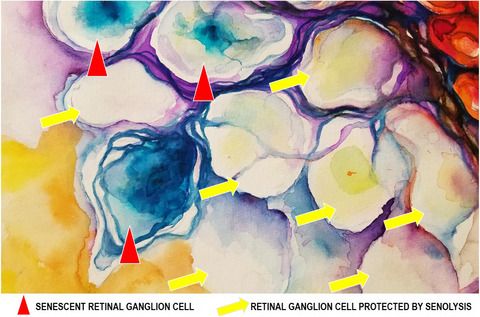PATREON https://www.patreon.com/transhumania
FACEBOOK https://www.facebook.com/Transhumania-260675131517616/

Even ordinary computers flip a bit here and there, but their quantum cousins have a lot more ways to go wrong.
As the power and qubits in quantum computing systems increase, so does the need for cutting-edge capabilities to ascertain that they work. The Army Research Office and National Security Agency recently teamed up to solicit proposals for research that can help do exactly that.
The entities launched a broad agency announcement this week to boost the development of innovative techniques and protocols that allow for Quantum Characterization, Verification, and Validation, or QCVV, of intermediate-scale quantum systems. QCVV is essentially the science of quantifying how well a quantum computer can run quantum algorithms—and experts agree that it’s a necessary step towards useful quantum computing.
Healthy Japanese foods make it easy to create a vibrant plate that resembles a nutritional masterpiece. The residents of Okinawa, a Japanese prefecture comprising more than 150 islands in the East China Sea, enjoy the longest life expectancy in the world, according to Blue Zones. On the islands, with a population said to include the largest proportion of people over 100, women and men can expect to live 84 and 90 years, respectively.
It’s no secret that diet plays a major role in longevity. The healthy Japanese foods centenarians in Okinawa reach for each day include a variety of riches from the ocean and the earth.
In Okinawa, bitter melons are called “goya” and they’re often found in vegetable dishes. “Bitter melons have an ‘anti-diabetic’ property where they actually assist in lowering blood glucose levels,” says registered dietitian Melissa Rifkin, RD.


How can you lose dramatic weight, ease chronic conditions, and stay healthier longer? Flip the switch on your metabolism with intermittent fasting, protein cycling, and keto!
Within each of us is an ancient mechanism that eliminates toxic materials, initiates fat burning, and protects cells from becoming dysfunctional—or turning cancerous. It’s called autophagy, and when it’s turned on, the complex operation not only can slow down the aging process, it can optimize biological function as a whole, helping to stave off all manner of diseases and affording us the healthy life spans we never thought possible. It’s the body’s ultimate switch to life.
So how can we positively activate this switch? How frequently should we fast and for how long? Which foods dial up autophagy or, conversely, turn it down? How much exercise and what types are recommended? What’s the sweet spot between intermittent fasting, protein cycling, and ketogenic eating?





It was found along the side of a road in a remote Australian gold rush town. In the old days, Wedderburn was a hotspot for prospectors – it occasionally still is – but nobody there had ever seen a nugget quite like this one.
The Wedderburn meteorite, found just north-east of the town in 1951, was a small 210-gram chunk of strange-looking space rock that fell out of the sky. For decades, scientists have been trying to decipher its secrets, and researchers just decoded another.
In a study published in August this year, led by Caltech mineralogist Chi Ma, scientists analysed the Wedderburn meteorite and verified the first natural occurrence of what they call ‘edscottite’: a rare form of iron-carbide mineral that’s never been found in nature.